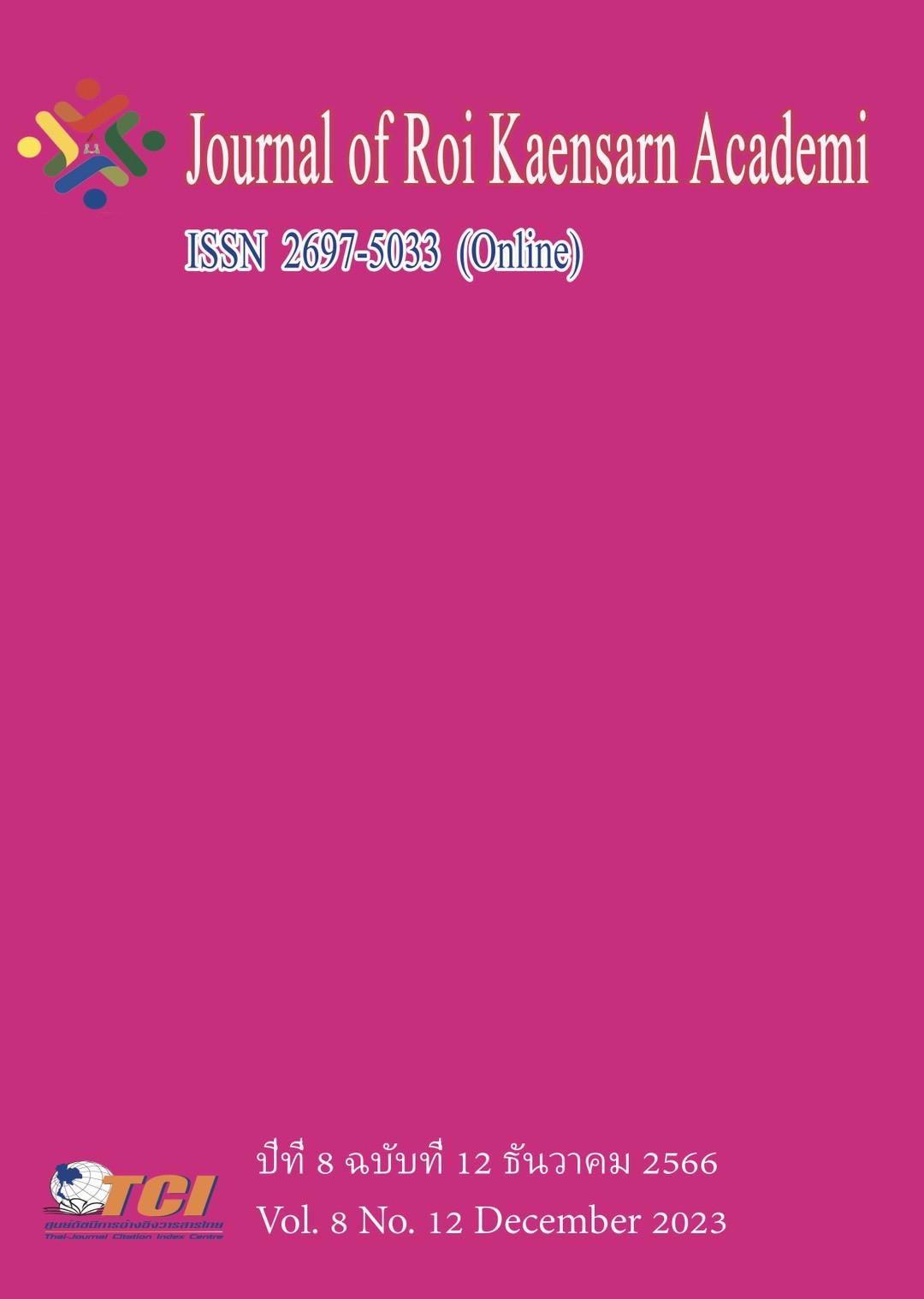Literatures in Bamboo Flute Teaching for Children in China
Main Article Content
Abstract
Bamboo flute is one of the oldest national instruments in China. In May 1986, 16 vertical flute bones were excavated in the early Neolithic site of East Jiahu Village, Wuyang County, Henan Province. They are completely consistent with the Chinese tone and can still be used to play the folk music "Little Cabbage", which has a history of more than 8,000 years according to the test. Bamboo flute is also called Dizi. It is a widely spread wind instrument in China, because it is mostly made of natural bamboo, so it is called bamboo flute. Bamboo flute is small and portable, but its expressive force is very rich, it can play a long, high melody, but also can express a vast, broad mood, can play a cheerful and gorgeous melody, can also express euphemistic sadness, can play a strong piercing notes, can also play a fine melody, since the 7th century. This article presented the literatures in bamboo flute teaching for children in China.
Article Details
References
Cheng, S. (2021). Research on the Teaching Practice of Bamboo Flute in the Second
Classroom of Primary School. Minzu University of China.
Chu, Q. (2012). On the Teaching of Bamboo Flute for Children. Inner Mongolia Art, (3).
Geng, T. (1998). On the Teaching of Bamboo Flute for Children.
Lei, L. (2016). Reflections on the Cultivation of Musical Sense in Children's Bamboo Flute
Learning, Northern Music, (05).
Liu, Q. (2011). Reflections on Teaching Bamboo Flute for Children. Music Life, (11).
Shi, H., & Wang, Q. (2021). Analysis of Children's Bamboo Flute Teaching -- Taking the
Second Experimental Primary School in Xinzhou City as an Example. Drama Home,
(6).
Xu, Y. (2015). On the Cultivation of Musical Sense in Children's Bamboo Flute Learning.
Northern Music, (11).
Zheng, J. (2012). On the Teaching of Children's Flute. Popular Literature and Art, (7).

